Are Philodendron Toxic To Cats? And How To Keep Your Pet Safe
Philodendrons contain toxins known as calcium oxalates which when ingested by a cat, can cause pain, swelling, and drooling as well as difficulty swallowing. So, it's best to keep an eye on your kitty if you have a philodendron plant in your home
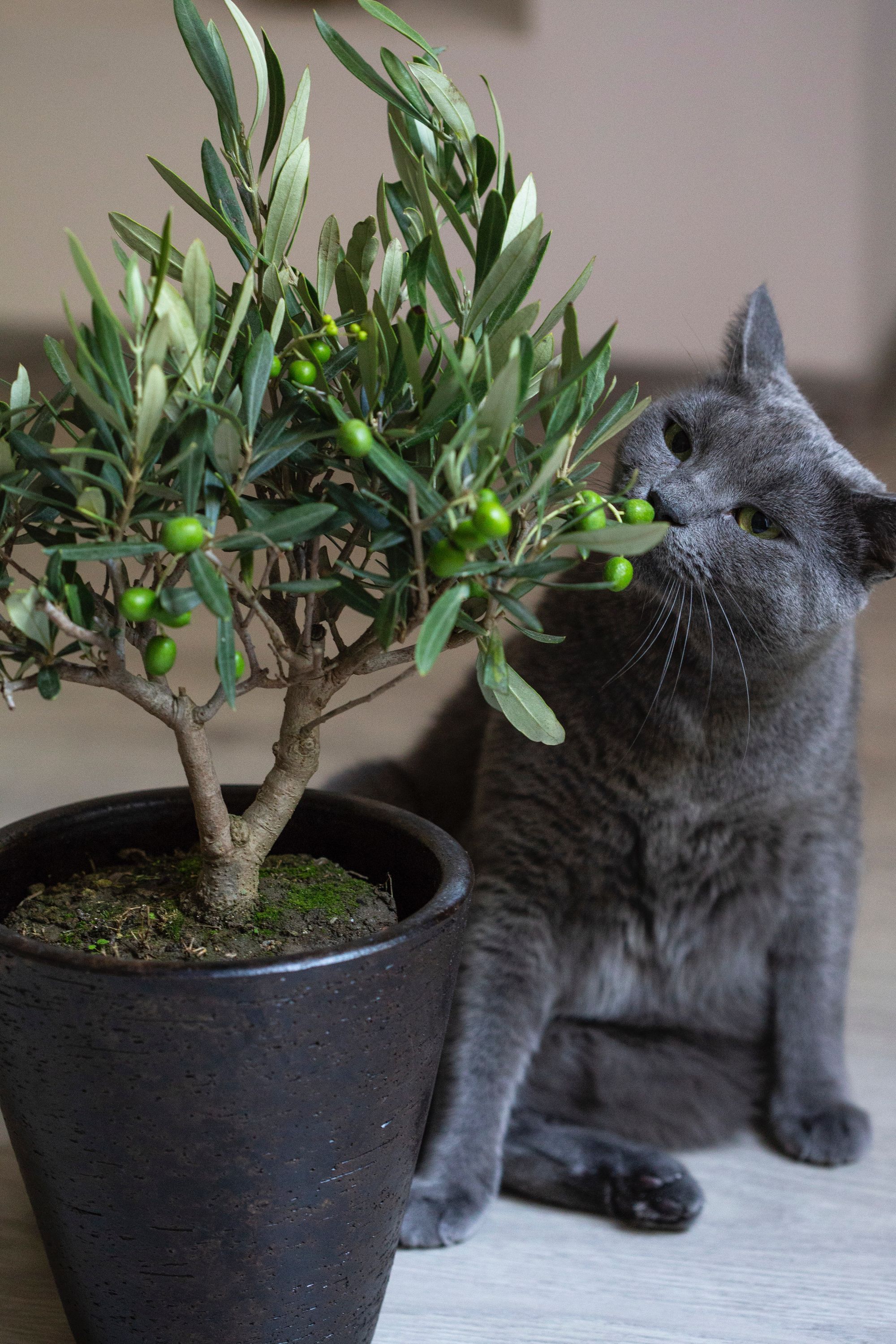
Do you have a cat that likes to nibble on your plants? If so, you may be wondering if philodendrons are toxic to cats. The bad news is that the philodendron is known to be poisonous not only for cats but also dogs.
Philodendrons contain toxins known as calcium oxalates which when ingested by a cat, can cause pain, swelling, and drooling as well as difficulty swallowing. So, it's best to keep an eye on your kitty if you have a philodendron plant in your home. Cats are naturally interested in plants, so this is something you'll need to be careful with.
What is Philodendron and what are the different types of Philodendron plants?
Philodendron plants are a popular houseplant choice, thanks to their easy care and impressive show of foliage which can also attract unwanted attention from pets. There are many different types of Philodendron plants, from the climbing varieties to the compact ones.
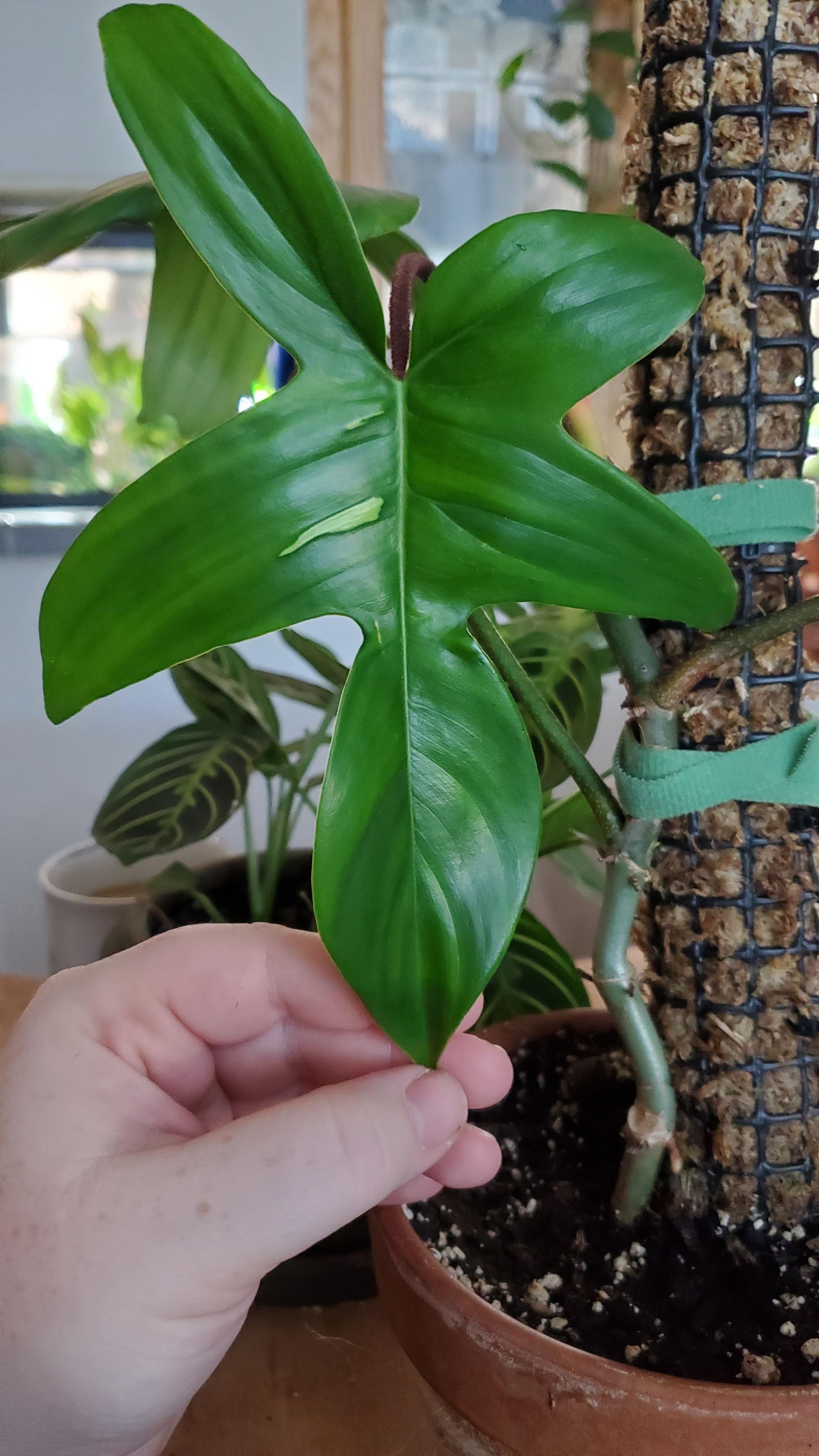
Philodendrons are a genus of about 400 species of tropical flowering plants in the family Araceae. The name Philodendron is derived from two Greek words: philo, meaning "love," and dendron, meaning "tree." So, the name Philodendron literally means "love tree."
Philodendron plants come in a wide range of sizes, from the small, 2-inch-tall Philodendron panduriforme to the giant Philodendron selloum, which can grow up to 25 feet tall.
The different types of Philodendron plants include:
• Philodendron bipinnatifidum: This climbing Philodendron has 2- to 3-inch-long, deeply lobed leaves.

• Philodendron cordatum: This compact Philodendron has heart-shaped leaves that are 4 to 6 inches wide.
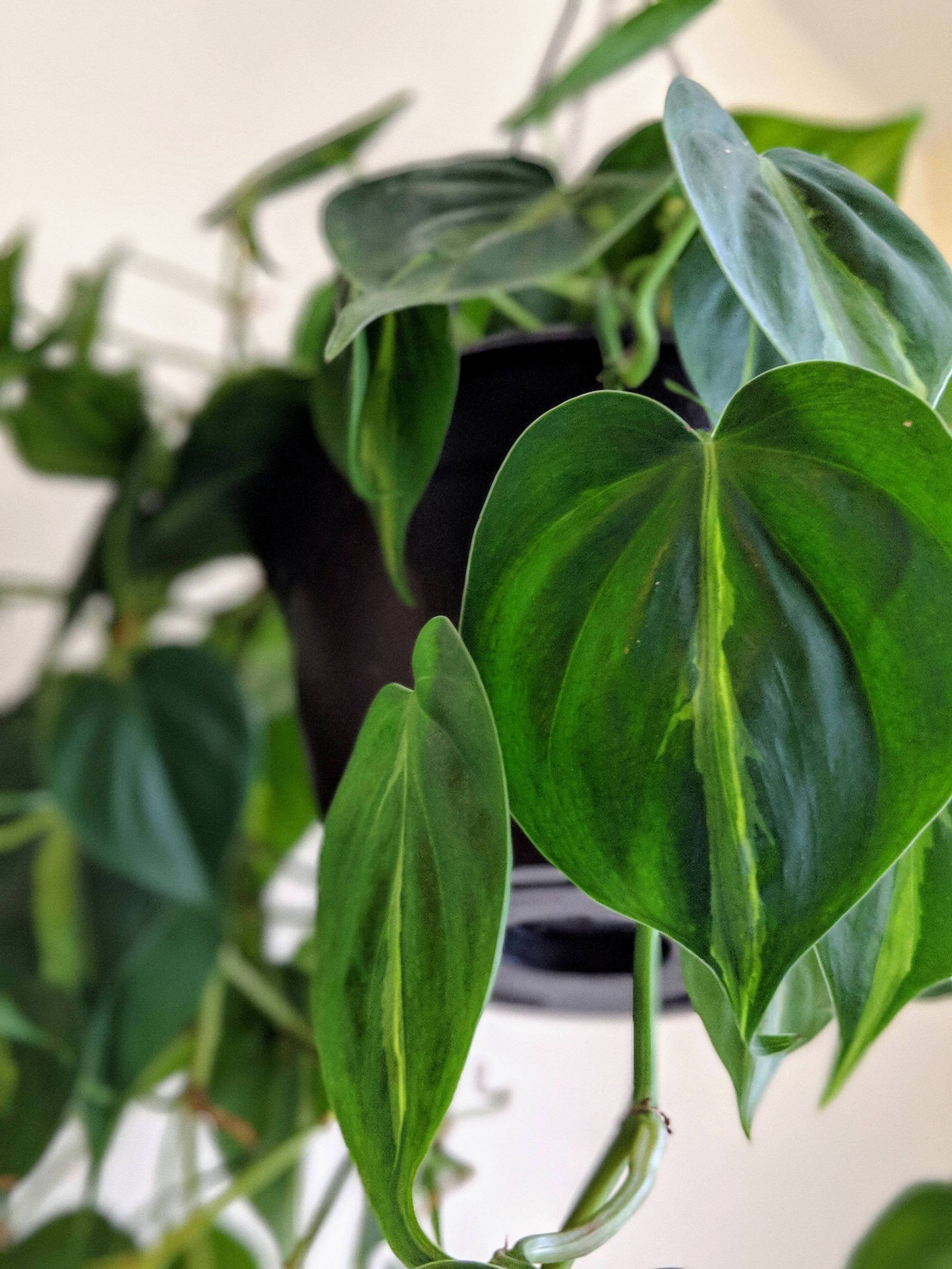
• Philodendron selloum: This giant Philodendron has large, dark green leaves that can grow up to 24 inches long.
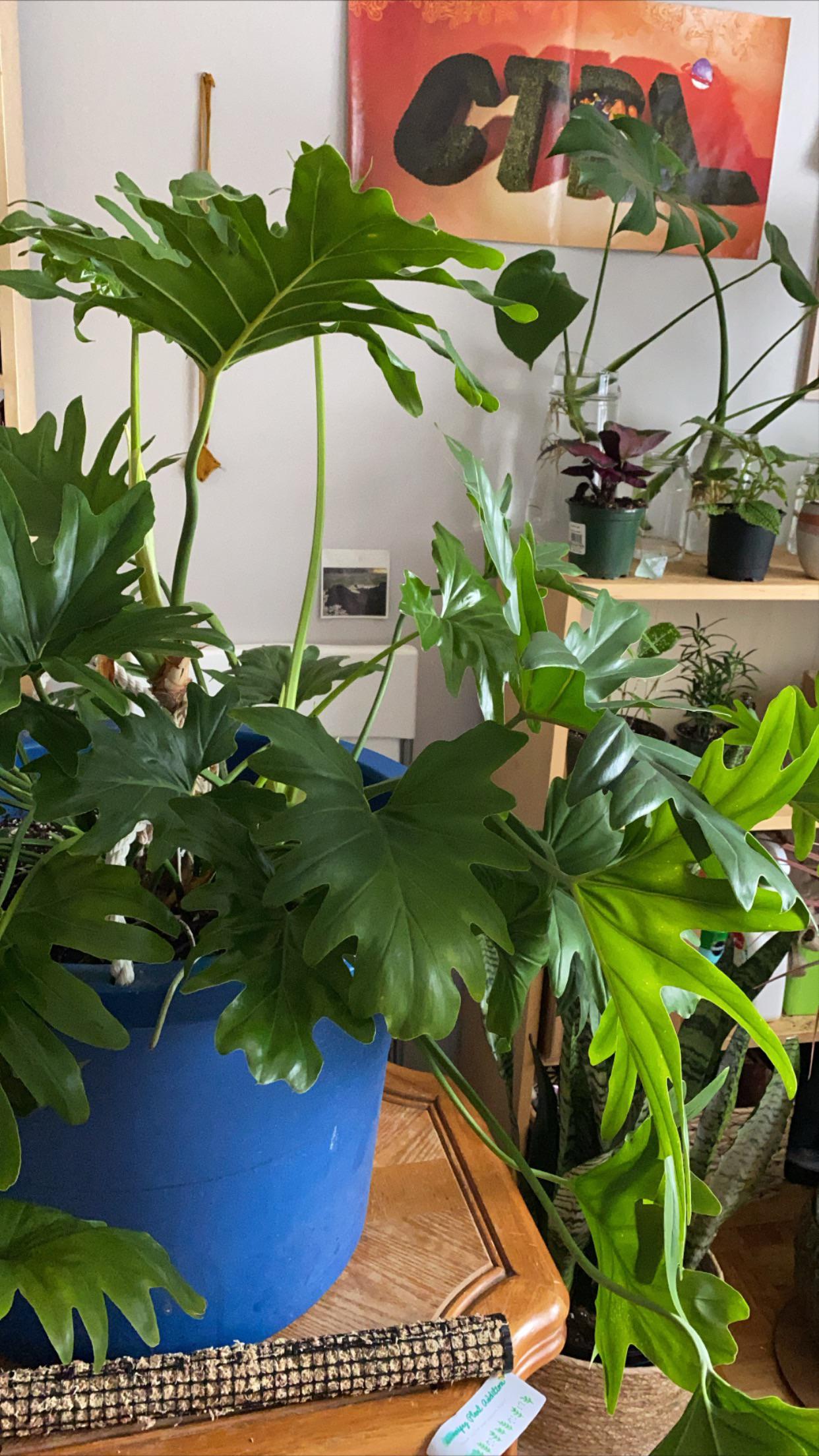
• Philodendron Gloriosum: This stunning Philodendron has leaves that are broad, glossy green, and deeply divided into lobes. The edges of the leaves are slightly scalloped. It is a fast-growing climber that can reach up to 20 feet in length.
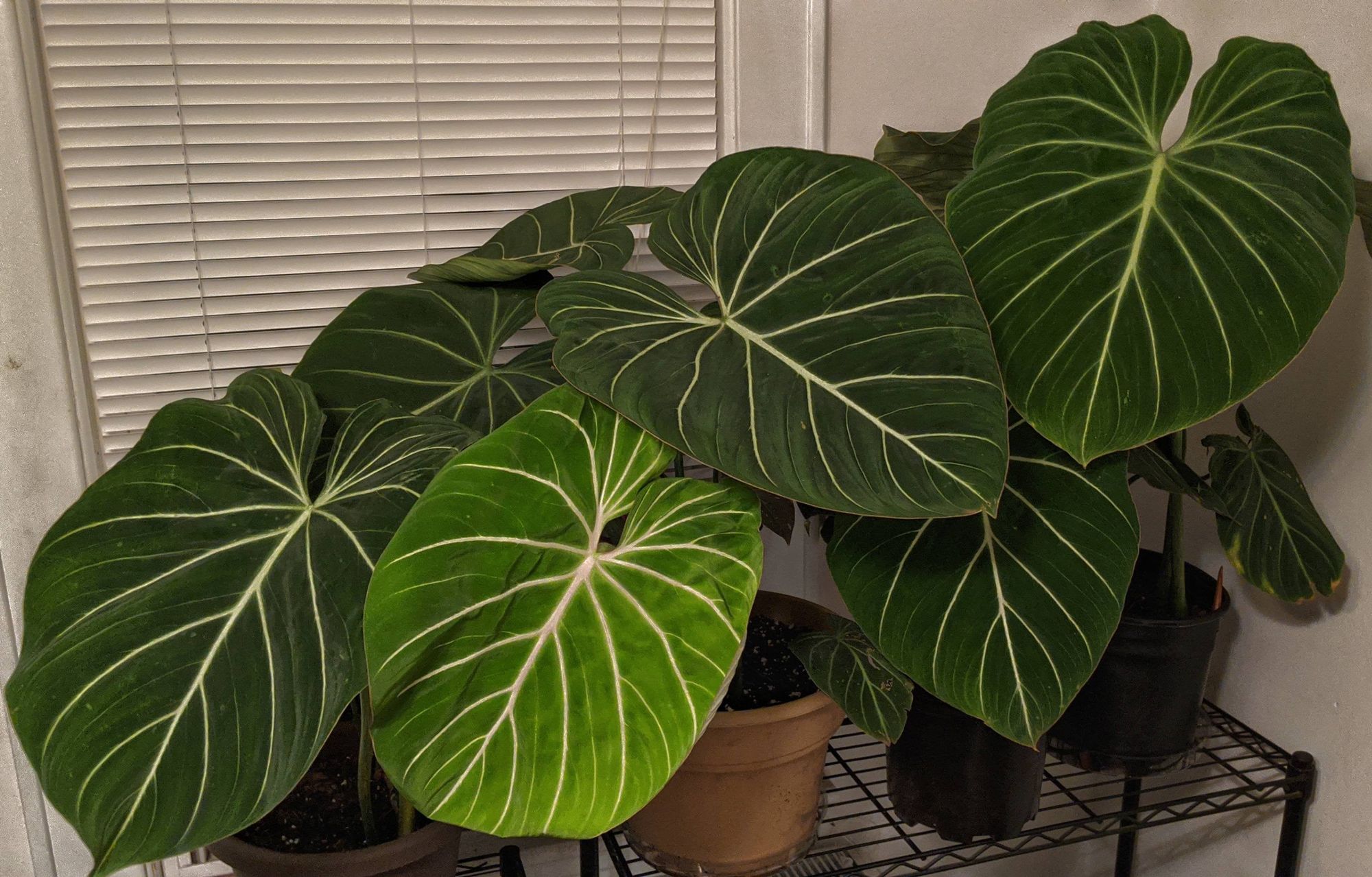
• Philodendron erubescens: This climbing Philodendron has large, green leaves that are streaked with red, giving it a unique and eye-catching look.
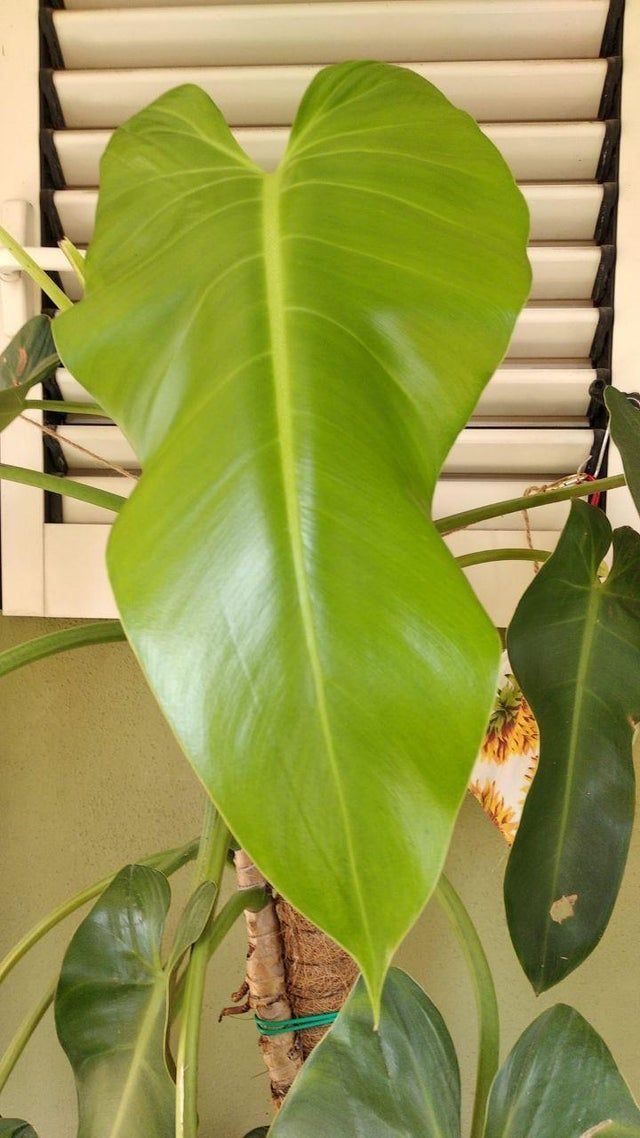
What are the symptoms of Philodendron poisoning in cats and what should you do if you think your cat has been poisoned by a Philodendron plant?
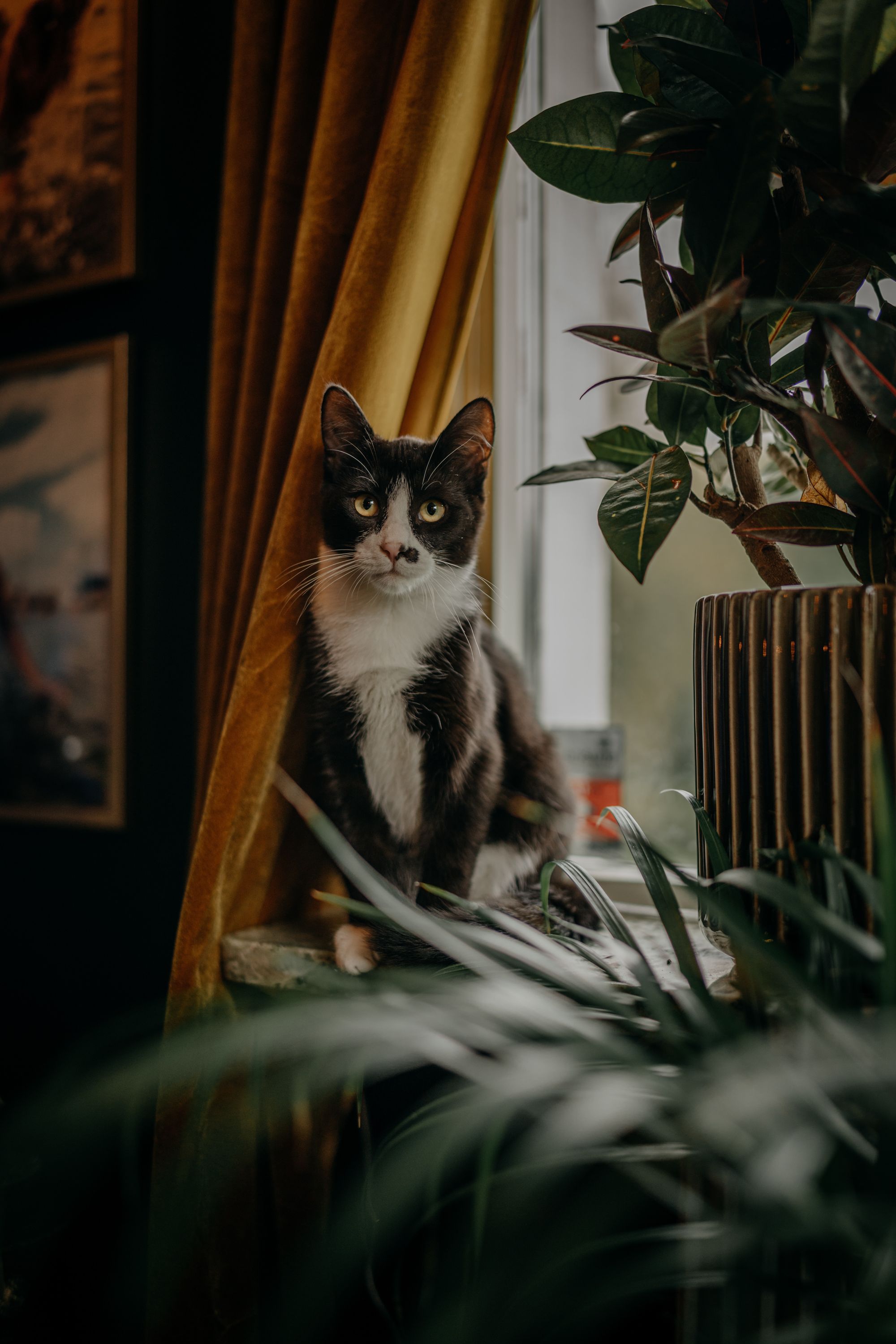
If you have a cat, it's important to keep your philodendron away from it to avoid having to look for symptoms of philodendron poisoning in the first place. The plant is also dangerous for small children, so make sure they can't reach it.
If the cats are still able to get their mouths on a philodendron plant, here are the sympoms you should look out for:
- Inflammation of the mouth or tongue
- Vomiting
- Diarrhoea
- Pawing at the mouth
- Foaming at the mouth
- Twitching
- Difficulty in swallowing and breathing
If your cat ate any part of a philodendron plant, you should take her to the vet right away. She might need urgent care because her life could be in danger.
Are there any other types of plants that are poisonous to cats and what should you do if your cat eats one of those plants?
Yes, there are a variety of plants that can be toxic to cats if ingested. Some common examples include lilies, daffodils, tulips, and azaleas. If you suspect your cat has ingested a poisonous plant, it is important to seek veterinary care immediately.
Here is a full list of Toxic and non-toxic plants set up by the American Society for the Prevention of Cruelty to Animals (ASPCA) : https://www.aspca.org/pet-care/animal-poison-control/toxic-and-non-toxic-plants
You can also check organisations set up to advise pet owners on how to deal with plants and pet poisoning here: https://www.cats.org.uk/help-and-advice/home-and-environment/dangerous-plants
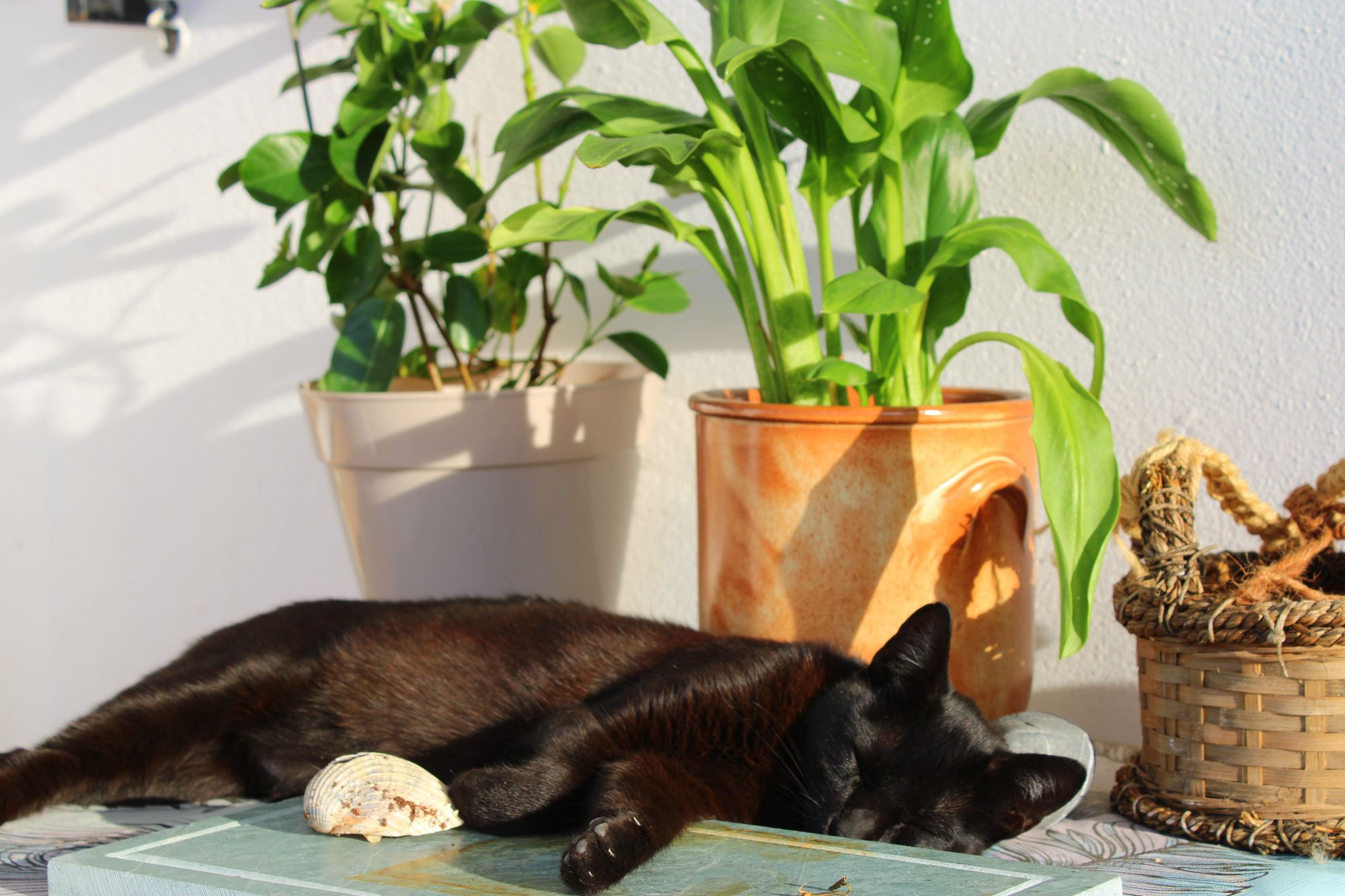
How to keep your cat safe from potentially poisonous plants.
Cats are curious creatures and love to explore their surroundings. This can sometimes lead them to nibble on plants, which can be dangerous if the plant is poisonous.
It's important to keep your cat safe by keeping them away from potentially harmful plants. To do this, you can try the following:
- Growing a philodendron exclusively in a different room that can't be accessed by your plant
- Using plant covers to deter them from eating the leaves of the toxic philodendron.
- Keeping the philodendron stacked atop a very high book-shelve (risky if you have a naughty cat that likes a challenge)
- Place the philodendron in a corner surrounded by non-toxic plants.
- Have you heard of the catnip cure? Get your kitty some fresh, green plants to munch on. It's said that this will keep them away from other vegetation!
By taking these precautions, you can help keep your cat safe and healthy.
To learn more about what to do if you suspect your pet of eating anything toxic, please refer to the ASPCA site here: https://www.aspca.org/pet-care/animal-poison-control
Thanks for reading and keeping your furry friend safe!